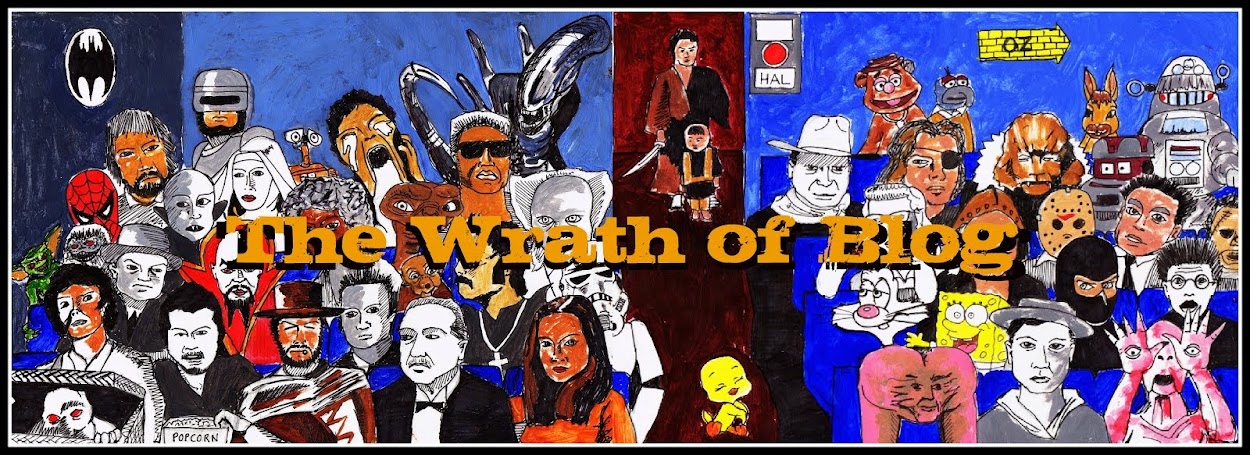 This is a generation completely alienated from, and of course (as teenagers do) suspicious of the adult world, like no other generation before. These kids are from broken homes. 'John', a tall, bulking, detached guy nonchalantly tells his group of friends that he has killed a peer, Jamie (Danyi Deats), and left her naked by a river. Of course the friends do not believe him at first, but as they are all gradually taken to the site where the body lies, the event is proven. However, with such a fundamentally deep and seemingly unbreakable barrier between the adult world and the young, the murder is kept within the circle. Crispin Glover's Lanye (with his usual jittery, yet brimming style), takes the lead in covering up the conspiracy, but the group inevitably fractures and that adult wall is opened. Once this opens the adult world is confronted with a teenaged generation that is numb; that is, these 'young adults' have shown no emotion to the death of one of their fellow students.
This is a generation completely alienated from, and of course (as teenagers do) suspicious of the adult world, like no other generation before. These kids are from broken homes. 'John', a tall, bulking, detached guy nonchalantly tells his group of friends that he has killed a peer, Jamie (Danyi Deats), and left her naked by a river. Of course the friends do not believe him at first, but as they are all gradually taken to the site where the body lies, the event is proven. However, with such a fundamentally deep and seemingly unbreakable barrier between the adult world and the young, the murder is kept within the circle. Crispin Glover's Lanye (with his usual jittery, yet brimming style), takes the lead in covering up the conspiracy, but the group inevitably fractures and that adult wall is opened. Once this opens the adult world is confronted with a teenaged generation that is numb; that is, these 'young adults' have shown no emotion to the death of one of their fellow students.It's a damning indictment of the MTV (or Gen X) generation, whose diet of consumption in all of its capacities, had seemingly completely detached from society. It had seen it's parents generation fail in revolution, only to be eaten up be 'the system', becoming the executives of the money hungry 1980's. The only adult character that the group has any genuine contact with is a recluse, who's girlfriend is of the blow-up variety, selling weed to them, perhaps still living that '60's dream? Dennis Hopper's Feck provides this anchor between the generations - but his clearly boarder line mentality simply highlights that the dream has gone.
With some decent performances from the likes of Keanu Reeves, Joshua Miller (whose precocious performance probably lead to him being cast as a 50 year old vampire in Katheryn Bigalow's Near Dark (1987), and particularly the killer, 'John', played with distance, and genuinely hauntingly detached looks, by Daniel Roebuck. Along with some beautifully stark cinematography by Frederick Elmes (who had collaborated with David Lynch on Eraserhead (1977) and Blue Velvet (1986)), the project also seems aesthetically and thematically linked to the later Twin Peaks televisions series (for which Tim Hunter directed some episodes). The film leaves you with a sour taste, perhaps the start of societal detachment that might later lead to events such as the Columbine shootings: Writer Neal Jimenez did loosely base River's Edge on a real life incident involving 16 year old Anthony Jacques Broussard in Milpitas, California on November 3 1981.
Directed by: Tim Hunter
Starring: Crispin Glover, Keanu Reeves, Ione Skye, Dennis Hopper
Country: USA
Rating: ****
Marc Ivamy






















